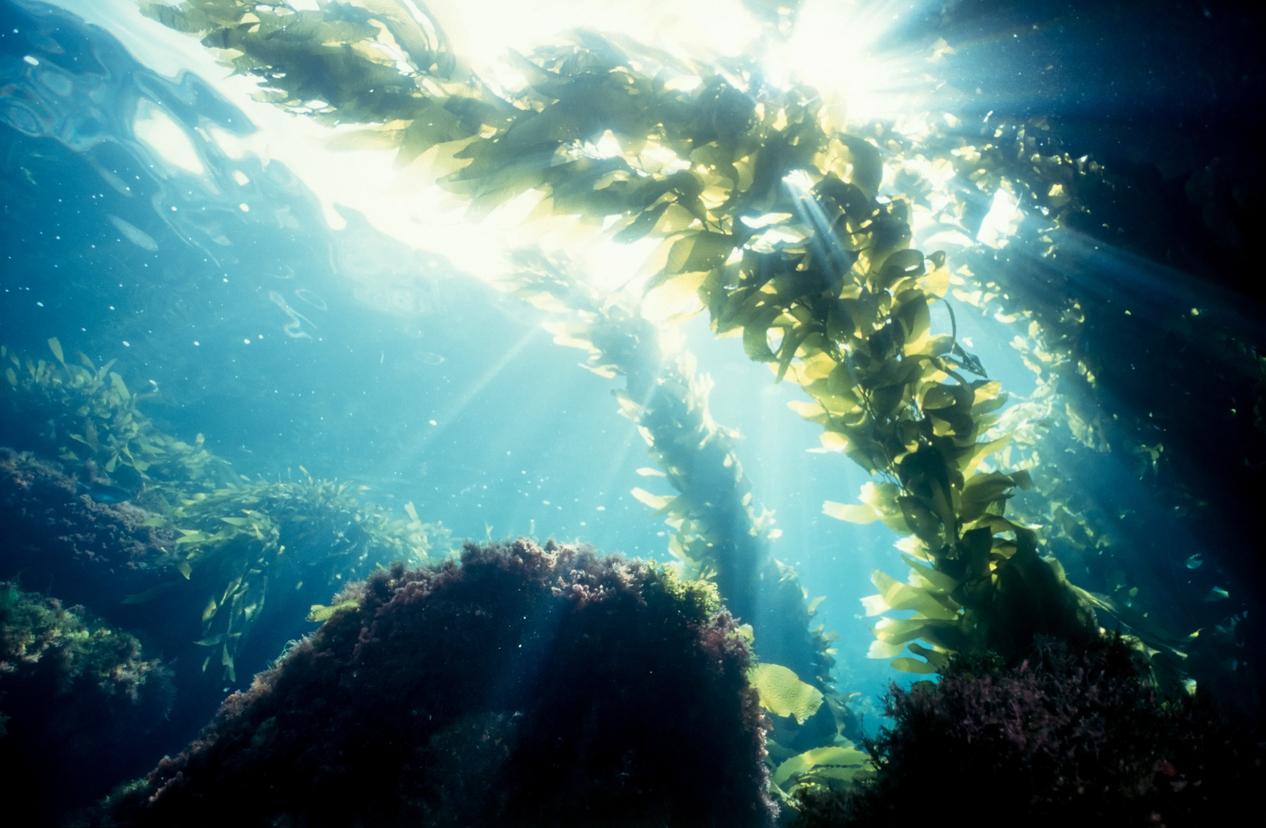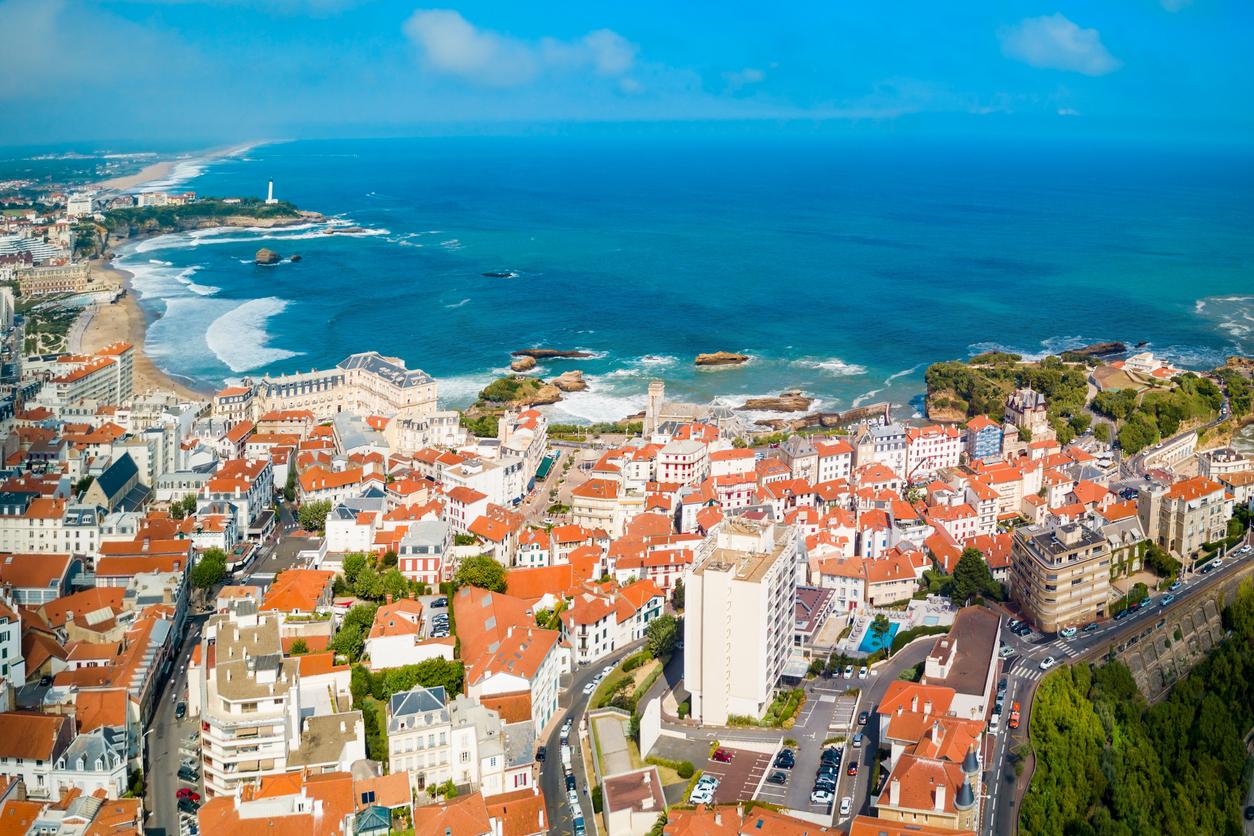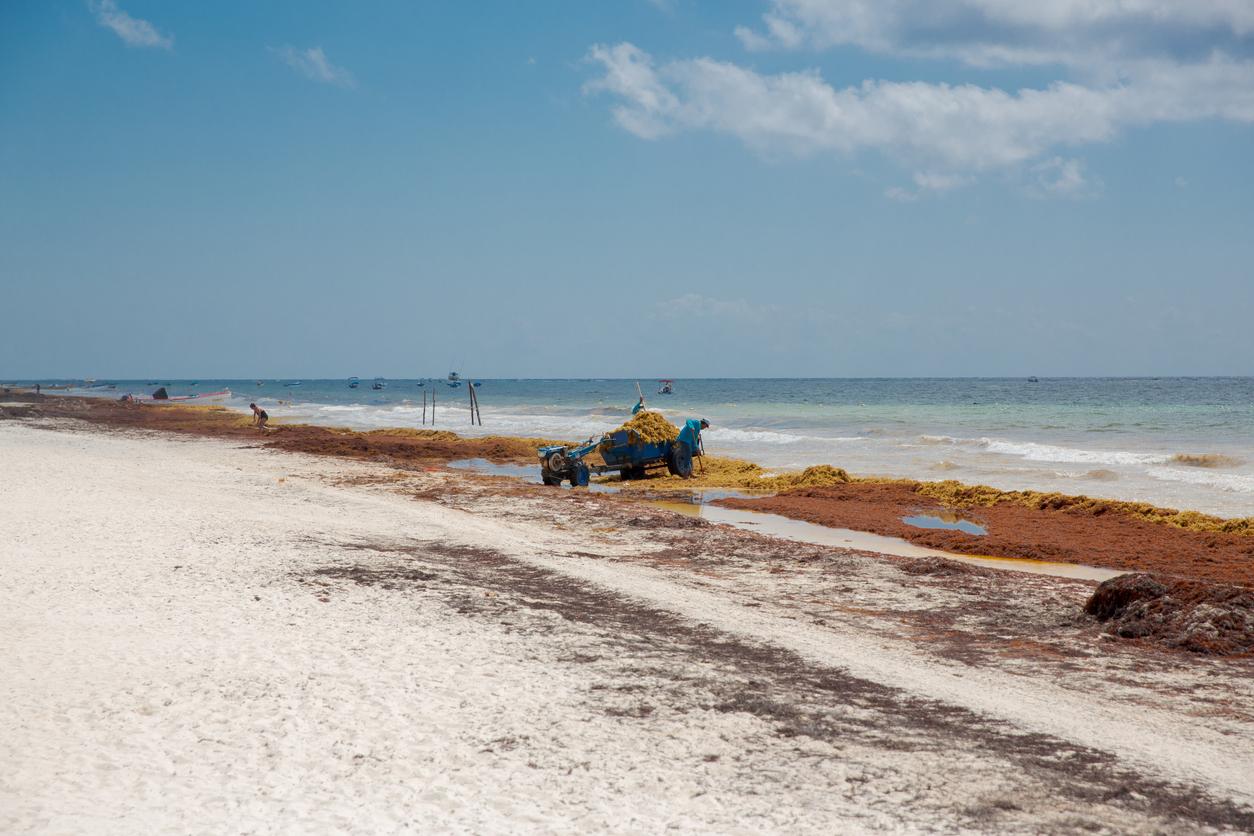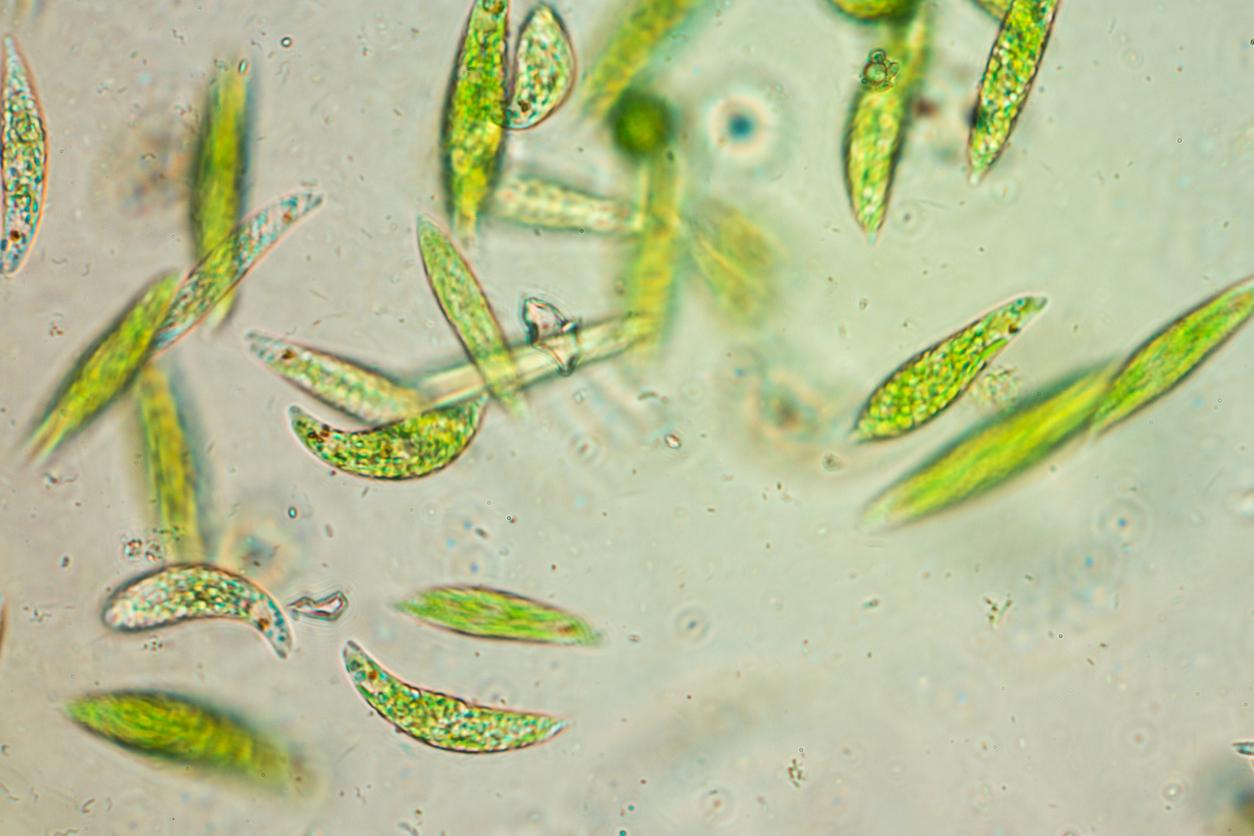For 9 specialists, the death of the Hillion jogger is linked to poisoning with hydrogen sulphide, a gas produced by the decomposition of green algae washed up on the beaches.

The jogger found dead last September in the vases of Gouessant (Côtes-d’Armor) died “of acute intoxication with hydrogen sulphide”, assure 9 doctors and toxicologists in the columns of West France. These specialists indicate that the autopsy conclusions transmitted ten days ago to the public prosecutor of Saint-Brieuc make it possible to affirm that the green algae which abound on the Breton coasts are responsible for the death of the fifty-year-old.
On December 9, the prosecutor indicated that forensic scientists had ruled out “a cerebral cause, a malformation or a significant lesion of the heart”, without however “being able to determine the causes of death”.
But for the 9 experts, there is no doubt that the green algae, and in particular the gas they give off during their decomposition, are the cause of the jogger’s death. The autopsy revealed “an edema of the lung, which is usual during intoxication with hydrogen sulphide”, indicate the specialists. In addition, investigations in the Gouessant vases “have shown that the simple fact of stirring them can lead to very high concentrations, greater than 1000 ppm, fatal in a few minutes. “
Request for transparency
At these concentrations, this toxic gas very quickly causes the formation of pulmonary edema, convulsions and coma as well as heart attacks. If inhalation is not interrupted, it kills within minutes. “To reject the diagnosis of hydrogen sulphide poisoning, it was from the start a mistake in the case of the sudden death of a jogger in good shape, without a history of health, found lying in the vases of Gouessant, well known to be highly charged with hydrogen sulphide ”, state the authors in their press release.
Specialists recall that this new death is added to a long list of suspicious deaths, such as the case of a rider and his mount found suffocated in 2009 on a beach in Saint-Michel-en-Grève or that of a herd of wild boars found in the Gouessant estuary in 2011. Poisoning “immediately and systematically denied, before the public authorities are contradicted by the evidence provided by the measures and examinations carried out”, they deplore.
Also, to ensure transparency on this death, the group of experts is calling for the publication of the autopsy report, the results of the measurements of hydrogen sulphide in the tissues and in particular in the lung tissue, and the report of the news. analyzes in the Gouessant vases. These conclusions were also transmitted to the prefect of Côtes-d’Armor by the prosecutor in view of the very high rates of toxic gases found in the bay of Saint-Brieuc.
.

















